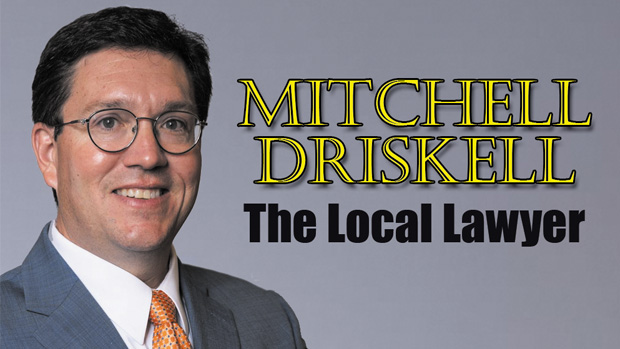
The Radium Girls
Every American should know the name Grace Fryer and the story of The Radium Girls. In 1917, at the age of 18, she started working at the United States Radium Corporation (USRC) painting watch and clock dials with radium paint. Radium was a brand-new scientific discovery. One of the new uses of the glowing (radioactive) material was to make glow-in-the-dark watch and clock faces. Grace and her all-female coworkers hand-painted the watches and clocks, exposing themselves to deadly amounts of radium.
Government and the public did not know the extent that radium was dangerous. Radium Water was sold as an early 1900 version of energy drinks. Radium toothpaste was used to make teeth glow (literally glow). Radium cosmetics were used sold to young ladies who wanted to glow. Radium scrotal cream was sold to, well, you can imagine.
But the scientists at the USRC knew that its dial painters, like Grace Fryer, were risking their lives by the daily exposure to radium—and they did not warn them once nor provide them with any protective equipment.
Not surprisingly, the dial painters started to die. When Grace Fryer’s bones began to break under the weight of her own body, she decided to sue the bastards. It took her several years to find a lawyer willing to take her case against big business, but finally she and a handful others filed suit.
The media dubbed them the “Radium Girls.” The case was hard fought by USRC. The company denied that they knew radium was dangerous. They claimed that the other, now dead, dial painters died of syphilis. Through tremendous pain and wearing basically an exoskeleton to hold her up because her bones were so brittle, Grace Fryer testified about USRC teaching the Radium Girls to make a fine point with their paint brush by putting the brush in your mouth and sucking and twirling the tip, thereby ingesting a tiny bit of radium every time. That radium added up.
The Court ordered exhuming the remains of the girls who had already died years before. When those remains were unearthed, their bones literally glowed with radium radiation, and every girl tested negative for syphilis. The proof was overwhelming that USRC knowingly exposed their employees to deadly, radioactive material, but the idea that employers should protect employees from occupational illness was a novel idea at that time—the Radium Girls’ trial was one of the first national conversations about workplace safety.
USRC settled the lawsuit, and the lawsuit triggered the creation of the Occupational Safety and Health Administration (OSHA). This is an example of the civil justice system at its best. When criminal law can’t help, when regulations do not help or even exist, when people refuse to do the right thing, justice should be found in Court.
Every American today owes their safe work place to Grace Fryer and the Radium Girls who refused to take no for an answer and “sued the bastards.” Throw in a little thanks for the attorney who took their case, Raymond H. Berry. He moved to California and went on to have a successful local practice, founding and helping to build the town of Burney. These days you can swim in the Raymond H. Berry Community Pool in Burney—take a dip in Justice!
Oh, side note, Berry worked the land and railroad deals that lead to building the McCloud River Railroad. The 1986 film Stand By Me was filmed in and around Burney, California, and the scenes where the boys are walking down the railroad tracks and the one where they out run the train was filmed on that railroad.
Raymond H. Berry—his legal work gave us OSHA and Stand By Me.
Baylor Medical wins $48,000,000
A Texas jury awarded the Baylor College of Medicine in Houston $48,529,961 for damages caused by COVID-19 in the first jury verdict in a lawsuit seeking insurance coverage for lost business income and other damages caused by the virus.
The important part about the Baylor case—Baylor policy did not have the usual “virus exclusion” that excludes coverage when your business is hurt by a virus (fun fact: the virus exclusion exists to prevent small businesses from claiming business interruption every flu season when people are out sick with the flu).
While most Covid-19 Business Interruption claims are failing, all are not, and Mississippi is still up in the air. California, New York, and Louisiana courts have all let these kinds of cases get past early attempts by the insurance company to get the cases thrown out of court.
If you want to preserve your right to get business interruption coverage in the event a big Mississippi case finds that such coverage can be had, you must go ahead and make the claim—figure out how much money your business lost due to Covid-19 and submit the claim to your insurance company.
If they say no, then you can talk to your lawyer about pushing back.
Mitchell Driskell practices law with the Tannehill Carmean firm and has been an Oxford lawyer for 22 years. You can call him at 662.236.9996 and email him at mitchell@tannehillcarmean.com. He practices criminal law, civil law, and family law.




2 thoughts on “The Local Lawyer: Barstool Briefs Part 21: “Short Stories on Legal Affairs””